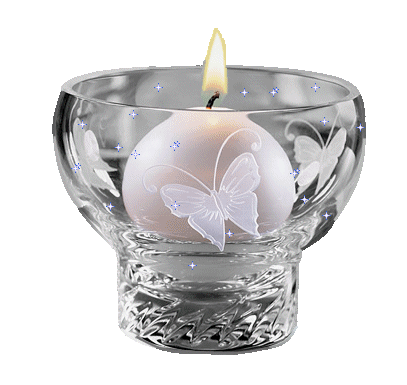NPR via the Library of Congress
A Native American family gathers around a Christmas tree in Montana, ca. 1900-1920.
With the spread of Christianity among some Native Americans in the early 20th century came certain Christmas rituals — trees and presents and jolly old Santa Claus — that were folded into traditional wintertime celebrations.
According to a 1909 account in the Tombstone Epitaph, members of the Gila River Indian Community — living on reservations in Arizona — were introduced to imported-from-Europe Christmas customs, such as St. Nicholas and Christmas trees. "It was the first time the Indians had ever seen the good old saint and they were highly amused and pleased."
The Yale Expositor of St. Clair County, Mich., reported on December 18, 1913 that for certain Sioux dwelling in South Dakota, Christmas and its accoutrements came through government-run schools. In each village, the Sioux collected funds for a feast. One member dressed up as Kris Kringle and made speeches and handed out presents. Native American children, the newspaper noted, "were quick to show interest in the Christmas tree."
In a round-the-nation story, The Winchester News from Winchester Ky., on Dec 31, 1910, wrote that the Christmas tree "brought to their notice by the palefaces, caught their fancy and today ...forms the center of nearly all the Indian Christmas celebrations."
Some Native Americans put a special spin on Christmas, incorporating traditions and tales that dated back ages. The Salish passed down a Christmas story of a "great and good man who came among their forefathers and performed miracles of all kinds, and on leaving them said he would return in the form of a large white coyote," the 1910 Winchester News noted. "They say he has appeared at different times, but has not been seen now for more than 150 years."
A 1904 San Francisco magazine cover, by Maynard Dixon, showing Santa Claus with a cowboy and a Native American man.
In San Felipe Pueblo, N.M., the 1913 Expositor account pointed out, the holiday celebration among Native Americans living there was "a curious mixture of Christian and pagan customs."
Members went to the old mission church in the morning, held a feast at midday and then began "a fantastic and ceremonial dance that continues for half a week.
Today, explains Deborah A. Jojola, Curator of Exhibitions at the Indian Pueblo Cultural Center in Albuquerque – which represents the 19 Pueblos of New Mexico — "most of the Pueblo Nations within New Mexico have seasonal cycles for ceremonies and celebrations."
Many Pueblo communities celebrate the harvest, she says. And the day of the patron saint of the church and the village that "blends both native and Catholic expressions with a single purpose — the welfare of the people."
But through the decades, Christmas – which also combines old familiar folkways with Catholicism — has taken on added significance. On Christmas Eve and Christmas Day, she says, many of the Pueblos host special masses and dances.
The Jemez Pueblo, for example, celebrates with Buffalo Dances on Christmas Eve and early morning on Christmas Day. The Buffalo Dancers – featuring two men and one woman — make their way down from the nearby mesas into the Pueblo "bringing the Spirit of Prayer, Song and Dance," Deborah says. The woman "is said to represent Our Mother of all living things, She is young, beautiful and full of strength. She holds the utmost honor during the four day celebration."
In Isleta Pueblo, Deborah says, there is a winter dance held in the St. Augustine Church after the Christmas Eve mass. Many of the festivities are for all ages. "In virtually all ceremonies," Deborah says, "Pueblo children are integral participants. Indian parents rarely, if ever, need a babysitter for traditional ceremonial preparations or actual events."
The Christmastime dancing is led by elders, but at some point on the fourth day of the celebration — young children are invited to dance. For many, she says, "this is their first welcome celebration."
The Christmastime dancing is led by elders, but at some point on the fourth day of the celebration — young children are invited to dance. For many, she says, "this is their first welcome celebration."
What Child is This - Native American Flute
Native American Christmas Music






















































2 comments:
Such a great read Petra! Never knew that many native americans incorporated Christmas trees, music and even Santa. Much enjoyed.
Wishing you and dad a Merry Christmas and healthy New Year.
Love, K. :)
Petra, what a FASCINATING post! I had no idea about Native Americans and Christmas! LOVED the videos as well; especially the last one. Her voice is beautiful! Oh Holy Night was my fathers favorite Christmas song, so hearing it again brought back great memories and sentiment.
Wishing you and your father a very MERRY CHRISTMAS and a Happy New Year, my friend!
(((((((((((( You )))))))))))
X
Post a Comment